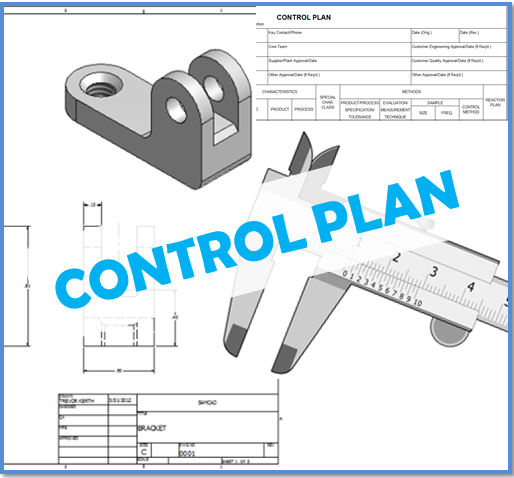What is Context, Internal/External Issues and Interested Parties
The objective of any new revision of the Standard is to bring something new and contemporary. It reinvigorates the users to understand the new Context of the Standard and upgrade their Management Systems accordingly.
ISO 9001: 2015 has introduced new words like Context, internal & external issues, interested parties and their needs & expectations. Let’s understand their nomenclature.
Context: As per the Cambridge dictionary, its literal English meaning is ‘ the situation within which something exists or happens and that can help explain it‘
It means when an organization is planning to implement its Management System, it should be as per the Context of their organization in which it is operating (& certainly not its neighbours or competitors).
Issues: ‘a Subject or problem that people are thinking and talking about‘
It means the organization has to identify the possible Issues (internal to the organization or External) which are in the context of the organization and can impact their Management System. Once these issues are identified, the organization has to periodically monitor & review. The objective of the review is to add any new Issue which has now become relevant (Euro VI, Electric Car) or maybe remove any Issue which is not. Now another question is, who will decide the frequency of the periodicity (Organisation, Customer, Consultant, Certification Body). In this ever-changing world, I think, Organization, considering their internal and Customer’s expectations should decide the frequency. In the current context, many issues such as innovation, ethics, trust and reputation could be regarded as parameters within the QMS
Interested Parties: As per the Cambridge dictionary, ‘any of the people or organizations who may be affected by a situation or who are hoping to make money out of a situation‘.
Need: ‘require (something) because it is essential or very important rather than just desirable‘
Expectations: ‘the feeling that good things are going to happen in the future‘.
In an organization, interested parties can be internal (Employees) or external (Customer, Supplier, Pollution board). The organization has to understand Needs & Expectations of the interested parties & NOT vice versa. Here again, periodicity of the review will depend upon the organization. Society has become better educated and more demanding, making interested parties increasingly more influential.
It is pertinent to understand that earlier Standard was focussing only on the Product & Services but now it has expanded its horizon and included all its interested parties. Earlier FMEA (Failure Mode & Effect Analysis) was done for Product & Services which were provided to the customers but now FMEA (needs & Expectations, Internal & External issues of the interested parties) needs to be done in a much broader perspective.
Generally, this information is in the mind of the top management but now Standard is demanding to capture this information by brainstorming of Cross-Functional Team (CFT). One interesting fact in the Standard is that there is NO requirement to document it but can we monitor and review without documentation!
Sustained success is achieved when an organization attracts and retains the confidence of customers and other relevant interested parties. Every aspect of customer interaction provides an opportunity to create more value for the customer. Understanding the current and future needs of customers and other interested parties contributes to the sustained success of the organization.
Few important questions to ponder
- Who should be the process owner of this Document? Top Management, Management Representative or Process Head.
- Whether Top Management is aware of any such document in the organization?
- If this document has given any benefit to the organization?
- If Clause 4.1 & 4.2 of the Standard are important for designing effective & efficient Management System of the organization?
- Who actually reads this document? Organization, Consultant or Certification Body.
This is the 3rd article of this Automotive series. Every weekend, you will find useful information which can make your Management system journey productive.
Do share your honest feedback and suggest topics for the coming weeks.



Recent Comments